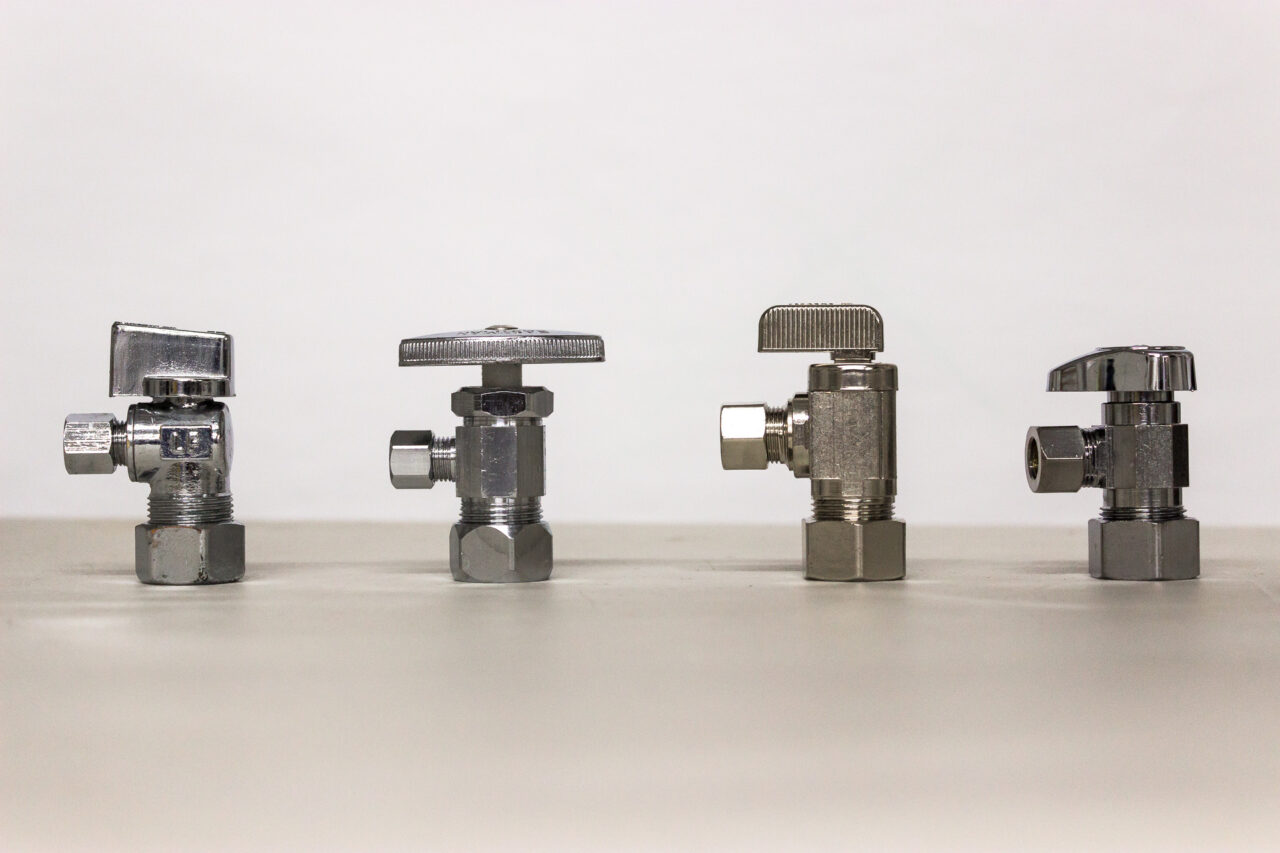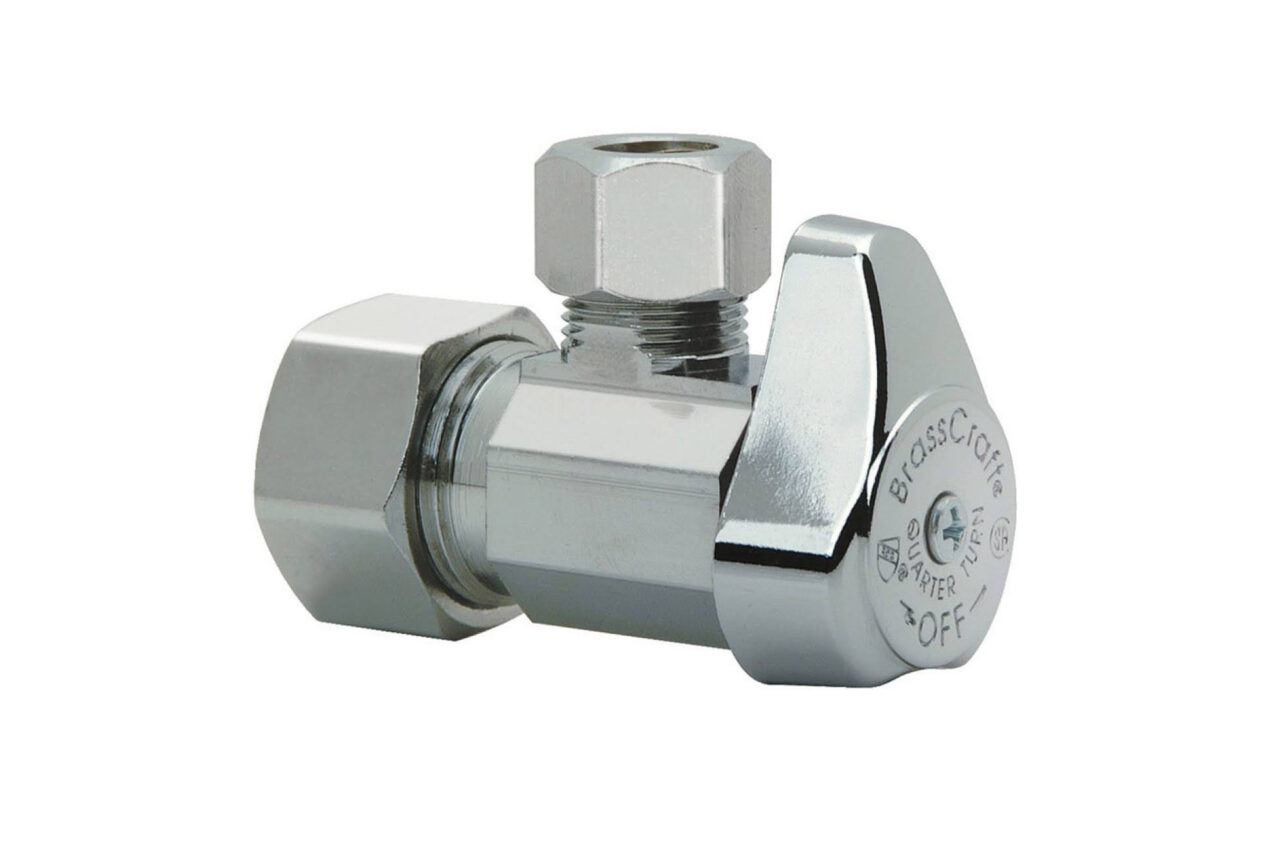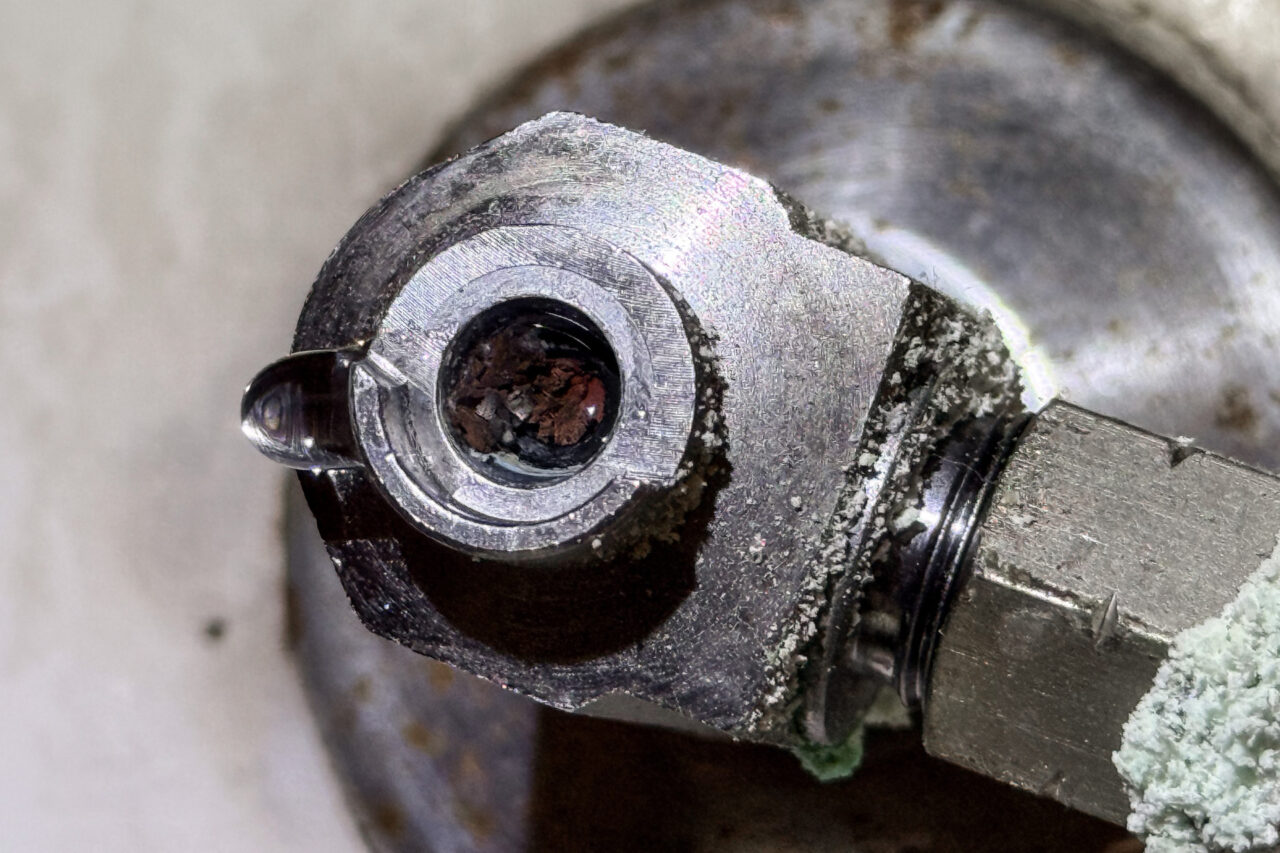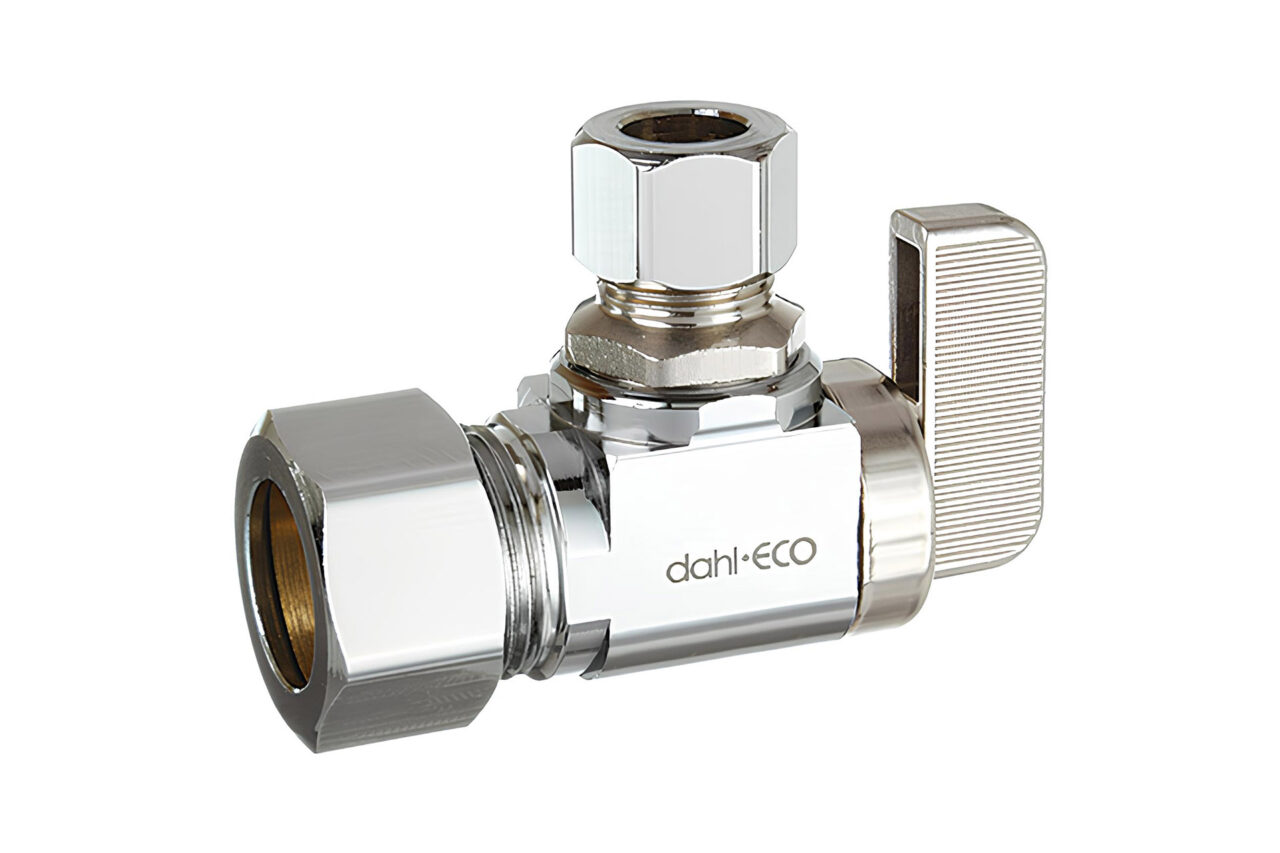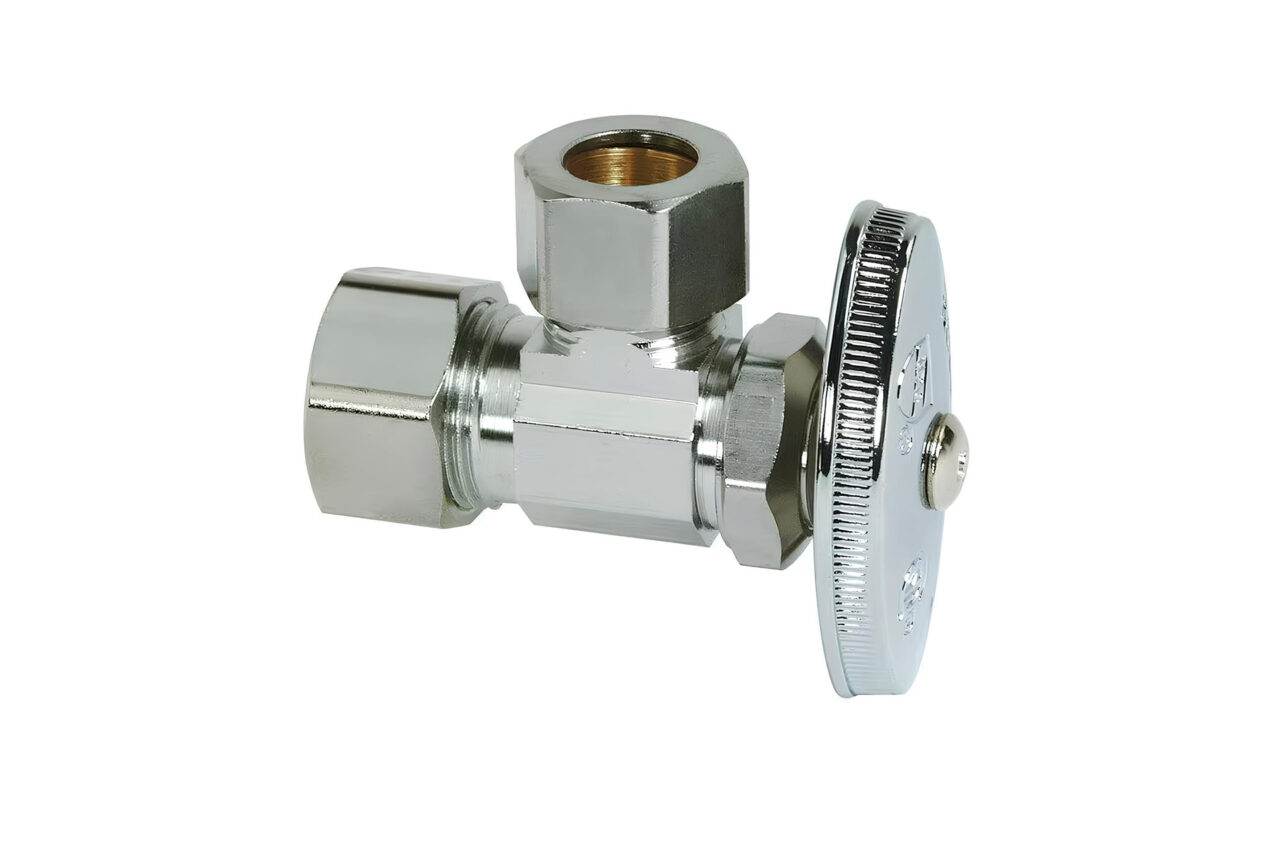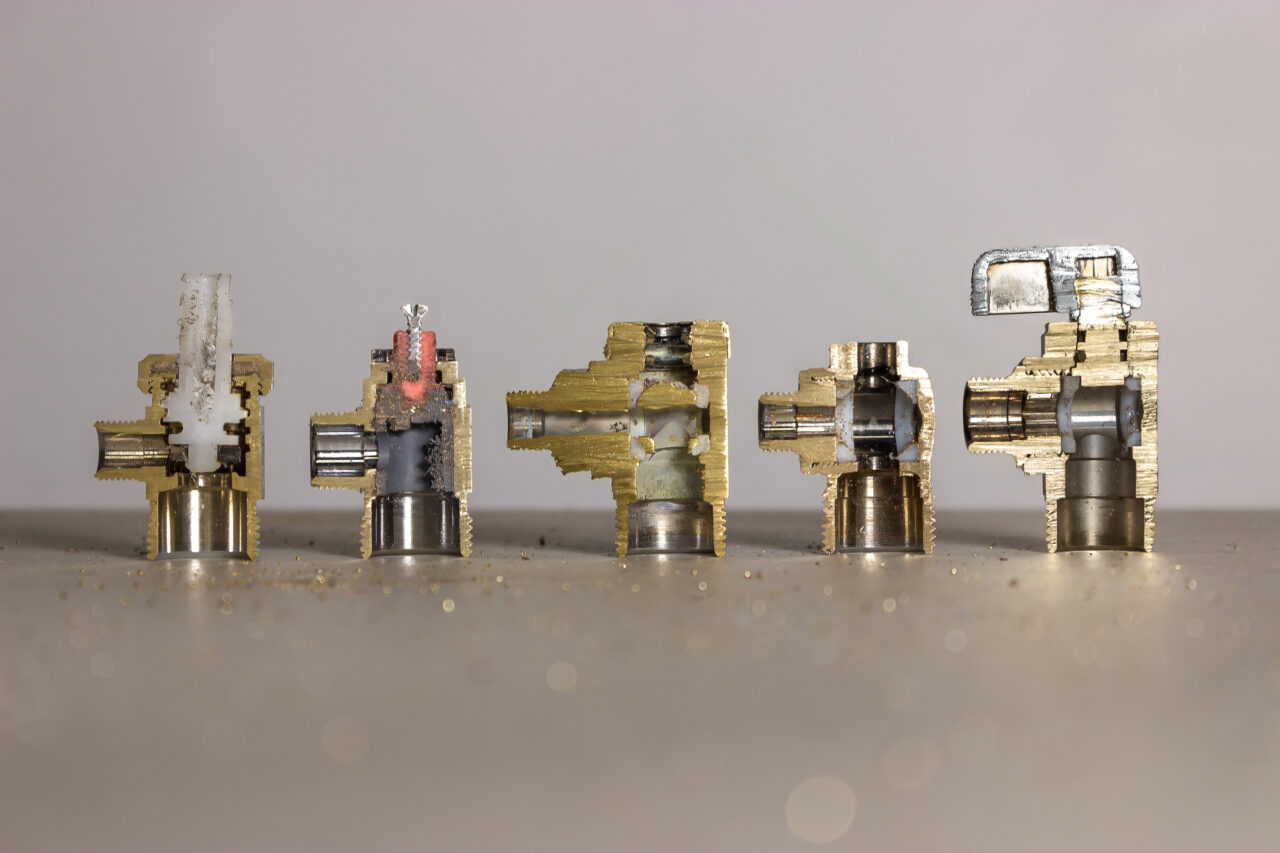What Is the Best Angle Valve for Residential Plumbing Systems? Almco Plumbing Experience
Shut-off valves are a vital part of every home’s plumbing system. In this article, we’ll focus on both quarter-turn and full-turn valve models—devices installed directly on supply lines to allow for quick shut-off of water flow. These valves are commonly found in kitchens, bathrooms, and laundry rooms—essentially anywhere water connections are present.
There’s a common belief that quarter-turn valves are more practical than full-turn ones. Vlad Khorenko, CEO of Almco Plumbing, tested and reviewed four popular angle stop valve models from different manufacturers. Below, you’ll find his professional insight on the pros and cons of each type, as well as typical issues encountered during operation.
Contents
What Are Angle Stop Valves, How Do They Work, and Where Are They Used?
Quarter-turn and full-turn angle valves are a familiar form of shut-off valves used in residential plumbing. You’ll typically see them where the water supply connects to sinks, toilets, urinals, bidets, washing machines, dishwashers, and similar fixtures.
Quarter-turn angle valves are widely regarded as more convenient than their multi-turn counterparts. However, extensive hands-on experience in plumbing tells a more nuanced story.
To start, let’s briefly review what angle valves are, how they function, and where they’re applied. Simply put, an angle valve is a manually operated shut-off device that controls water flow in a specific direction. Its defining feature is a 90-degree bend in its body. These valves are commonly constructed with metal components (often brass) or plastic, depending on the model.
Angle valves generally come in two types:
- Globe-style valves—Feature a two-way piston mechanism that lifts a seal off a circular “seat” designed to stop the water flow.
- Ball valves—Contain a rotating ball with a hole that aligns with the inlet and outlet when the handle is turned.
Handles can either rotate fully (full-turn) or just 90 degrees (quarter-turn), depending on the valve type.
Quarter-Turn Valves: Pros & Cons
Let’s review several quarter-turn angle valve models from leading manufacturers and evaluate their design advantages and flaws.
BrassCraft Quarter-Turn Angle Stop Valve
This brass valve is an excellent choice for those who prefer quarter-turn shut-offs. Inside, it features a simple plastic sleeve through which water enters. Despite the inexpensive internal material, it’s user-friendly—a quick 90-degree turn of the brass handle reliably stops or allows water flow.
Potential issues: Water residue around the plastic seal tends to accumulate calcium deposits over time—particularly in areas with hard water like San Diego. These deposits cause fine scratches on the plastic sleeve. Over the course of 3 to 5 years, these seemingly small abrasions often lead to leaks. At Almco Plumbing, we frequently see this type of failure due to the high water hardness in the San Diego Area.
The valve’s generously sized internal passage does help reduce flow restriction. However, even with good flow, calcium buildup eventually causes the handle mechanism to seize.
Good news: In BrassCraft’s newest model, this issue has been addressed—the updated internal design now resists these kinds of failures.
Old-Style BrassCraft Quarter-Turn Valve
This is the oldest model in our comparison, and plumbers typically avoid operating it until the main water supply is shut off. Only then will they attempt to turn the valve to test its functionality.
The issue: Inside the valve, a small metal ball rotates on a thin stem. The design relies on minimal plastic and mostly metal-on-metal contact. While durable, these parts are highly vulnerable to corrosion and calcium buildup. If the ball seizes, applying too much force risks snapping the handle, without freeing the valve. In such cases, even if the valve opens, you may not be able to close it again—posing a serious risk of flooding.
Based on Almco Plumbing’s experience, these valves typically last 5–7 years. Once they start leaking, they’re often beyond repair—something that occurs in 20–30% of all cases with this type of valve.
Dahl Quarter-Turn Angle Stop Valve
Currently one of the top-selling shut-off valves in San Diego, the Dahl valve comes with a lifetime warranty—and although it retails for $10–$14, we’ve rarely seen replacements under that warranty.
It functions similarly to other quarter-turn valves and has a sleek, polished brass handle. While marketed as a modernized, longer-lasting design, cutting it open revealed internals nearly identical to older BrassCraft ball valves—no notable innovations.
The main issue: That attractive brass handle tends to accumulate calcium deposits in hard water environments. Eventually, the internal plastic components become scratched, leading to leaks.
Despite these flaws, effective marketing has kept this model in high demand. Many plumbing contractors—including independent technicians—continue to promote this valve as a premium option.
Full-Turn Valves: Pros & Cons
Now let’s examine how multi-turn angle stop valves perform in real-world conditions.
BrassCraft Multi-Turn Angle Stop Valve
This brass multi-turn valve is one of the most reliable options for residential use. In fact, the only model we rate higher is BrassCraft’s newest quarter-turn angle valve, which resolved the leakage issues in earlier designs. Multi-turn valves are frequently found in homes built 20–25 years ago. Remarkably, our experience tells us that 50–70% of these valves still function flawlessly after two decades, while most quarter-turn units have long since been replaced.
How it works: When cut open, you’ll see the seat and rubber washer connection. This joint remains secure for years. Even if the washer wears down over time and causes minor seepage, it typically won’t result in serious leaks.
Unlike quarter-turn models, which endure 3–5 times more stress on their internal components, full-turn valves experience significantly less wear. They’re also repairable—you can simply replace the rubber washer and restore full function, often without the need for a plumber.
The operating principle of these faucets is the same across all similar models, so anyone can buy a new shut-off assembly with a rubber gasket and easily replace the old one themselves. And it will work just fine! All you need to do is secure the sealing washer with a nut on top.
Additionally, there’s a plastic gasket inside that prevents the faucet components from getting stuck due to calcium buildup or corrosion. It also won’t leak, thanks to an extra gasket located inside the shut-off nut housing—an impressively well-thought-out and high-quality design by the manufacturer’s engineers. The handle of this type of faucet will never break, and it will function reliably, lasting 2 to 3 times longer than quarter-turn models.
Recommendations on Choosing the Right Shut-Off Valve
Among all the quarter-turn valves reviewed, only the newest BrassCraft model truly stands out. Older models are prone to damage from calcium deposits and have relatively short service lives. Frequent use leads to leaks, while infrequent use results in corrosion and eventual failure.
Quarter-turn valves generally last 5–7 years, while full-turn
valves routinely provide 15–20 years of dependable service. Their simpler design and repairability make them a more reliable long-term investment. Many of the issues with quarter-turn valves stem from their specific design limitations.
Almco Plumbing’s Professional Advice
- Avoid valves with plastic internal parts—they’re more susceptible to wear and failure.
- Choose brass construction—it’s the most durable and reliable material.
- Don’t skimp on quality—better valves may cost more upfront, but they’ll last significantly longer.
- Hire licensed professionals for installation—this ensures proper sealing and minimizes the risk of leaks.
While personal preferences and specific installation conditions will play a role, for long-lasting reliability, we strongly recommend full-turn shut-off valves.
